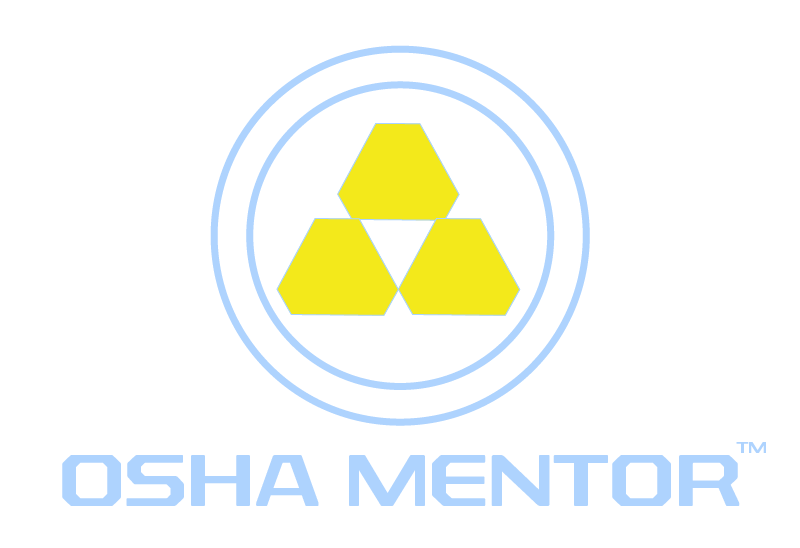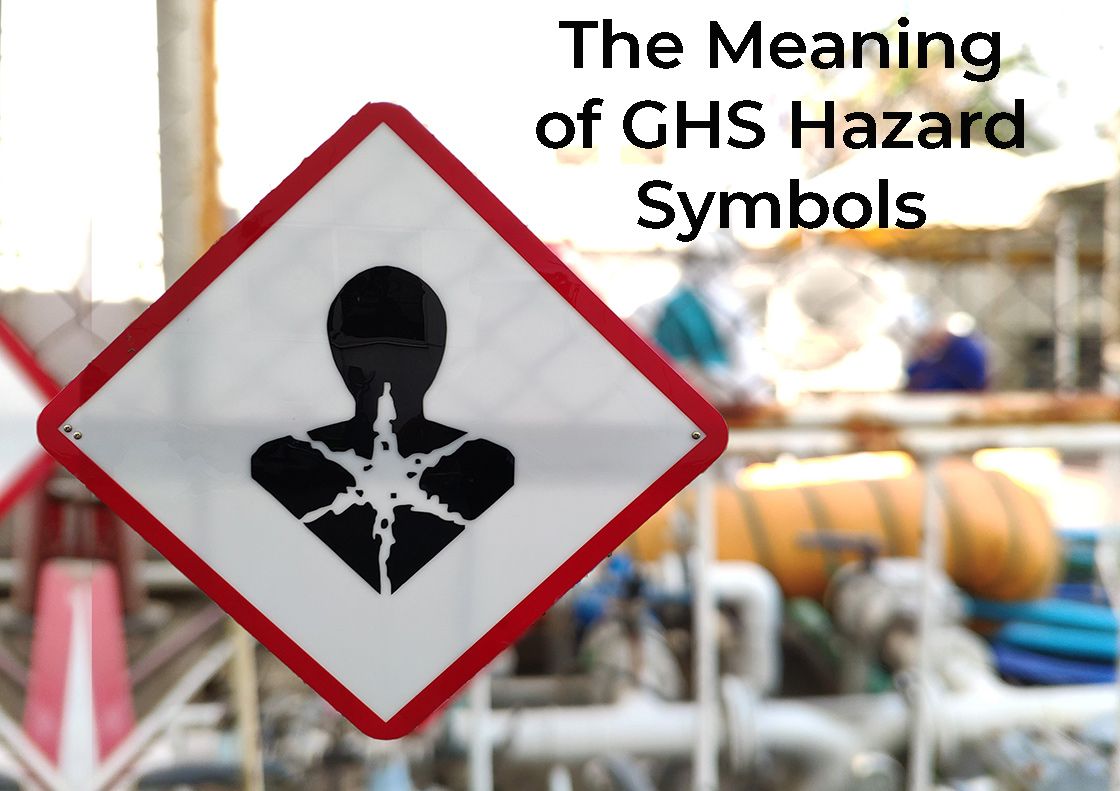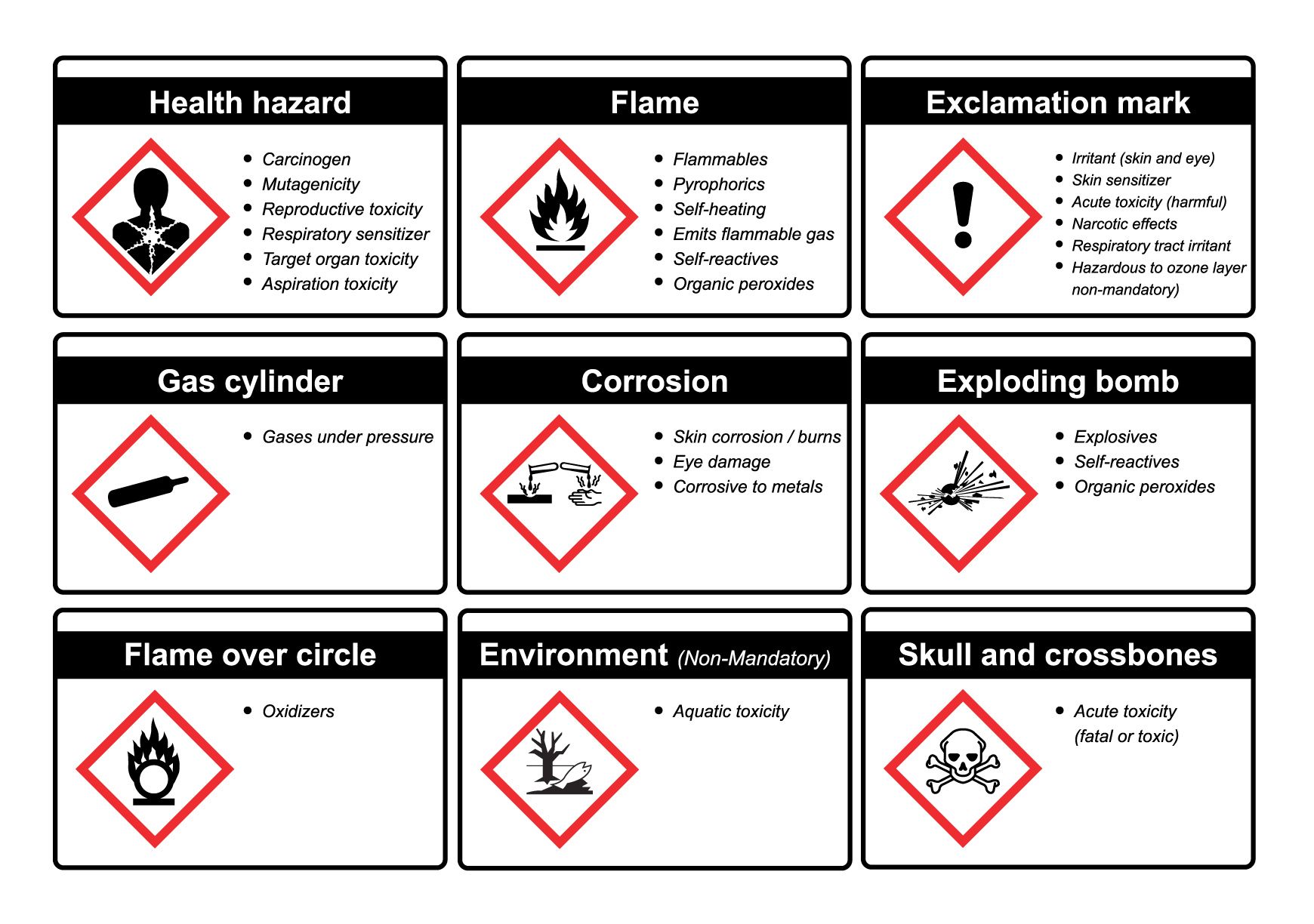
Meanings of GHS Hazard Symbols, Signs and Pictograms


When is HAZCOM Training Required?
The Hazard Communication Standard (HAZCOM) of the Occupational Safety and Health Administration (OSHA) was updated in 2012 to align with the Globally Harmonized System of Classification and Labeling of Chemicals (GHS) of the United Nations. GHS hazard symbols use pictograms to convey information without relying on a specific language. The purpose of GHS is to ensure that people can identify hazardous chemicals in their workplace, understand the dangers involved, and know the precautions they need to take.
The GHS standard includes 29 hazard classes of chemicals, which are classified into physical hazards (17 classes), health hazards (10 classes), and environmental hazards (2 classes). There are nine GHS pictograms for these hazard classes, and some classes have multiple hazard pictograms that represent similar types and levels of risks.
GHS pictograms are designed to draw attention to a certain type of risk and are one part of a standardized GHS label that provides more information about how to handle each substance safely. The pictograms may also be used on hazard signs to encourage caution in a specific storage or work area.
The four GHS symbols used to warn about health hazards include the toxic symbol, the harmful symbol, the health hazard symbol, and the corrosive symbol. The toxic symbol represents chemicals with the highest levels of acute toxicity. The harmful symbol is used for substances that are harmful or irritating but have less severe health effects than those marked with the toxic symbol. The health hazard symbol is used for substances that present a health hazard over time. The corrosive symbol represents substances that eat away at a material when they make contact.
The five GHS symbols used to warn about physical hazards include the corrosive symbol, the explosive symbol, the flammable symbol, the oxidizing symbol, and the compressed gas symbol. The corrosive symbol represents substances that can corrode materials and can cause skin corrosion or burns, eye damage, or corrosion to metals. The explosive symbol marks a chemical as unstable and capable of causing a fire or explosion. The flammable symbol is used for chemicals that emit flammable gas or could self-ignite. The oxidizing symbol is used for oxidizing solids, liquids, and gases that help ignite substances that would not otherwise combust. The compressed gas symbol is used for compressed gases that can be hazardous due to their high pressure.
In summary, GHS hazard symbols and pictograms are used to identify and communicate the types and levels of risks associated with hazardous chemicals in the workplace. Understanding the meanings of these symbols is essential for maintaining a safe and healthy work environment.
Related Articles
What HAZWOPER Training Do I Need?
HAZWOPER Training Regulations
What Is OSHA HAZWOPER?
OSHA Certification
HAZWOPER Training Regulations
What Is OSHA HAZWOPER?
OSHA Certification
Sources
U.S. Occupational Safety and Health Administration
https://www.osha.gov/laws-regs/regulations/standardnumber/1910/1910.1200
https://www.osha.gov/hazcom
https://www.osha.gov/laws-regs/regulations/standardnumber/1910/1910.1200
https://www.osha.gov/hazcom
Write your awesome label here.


